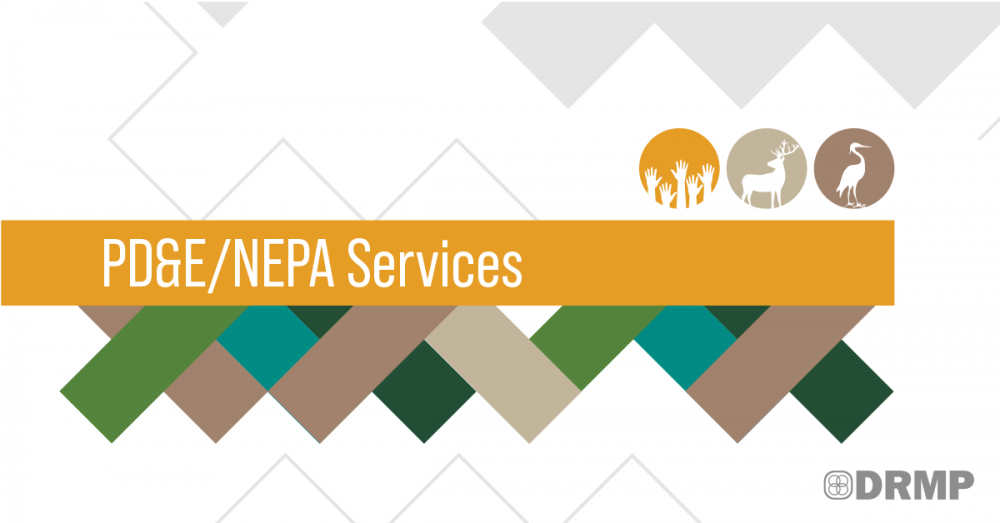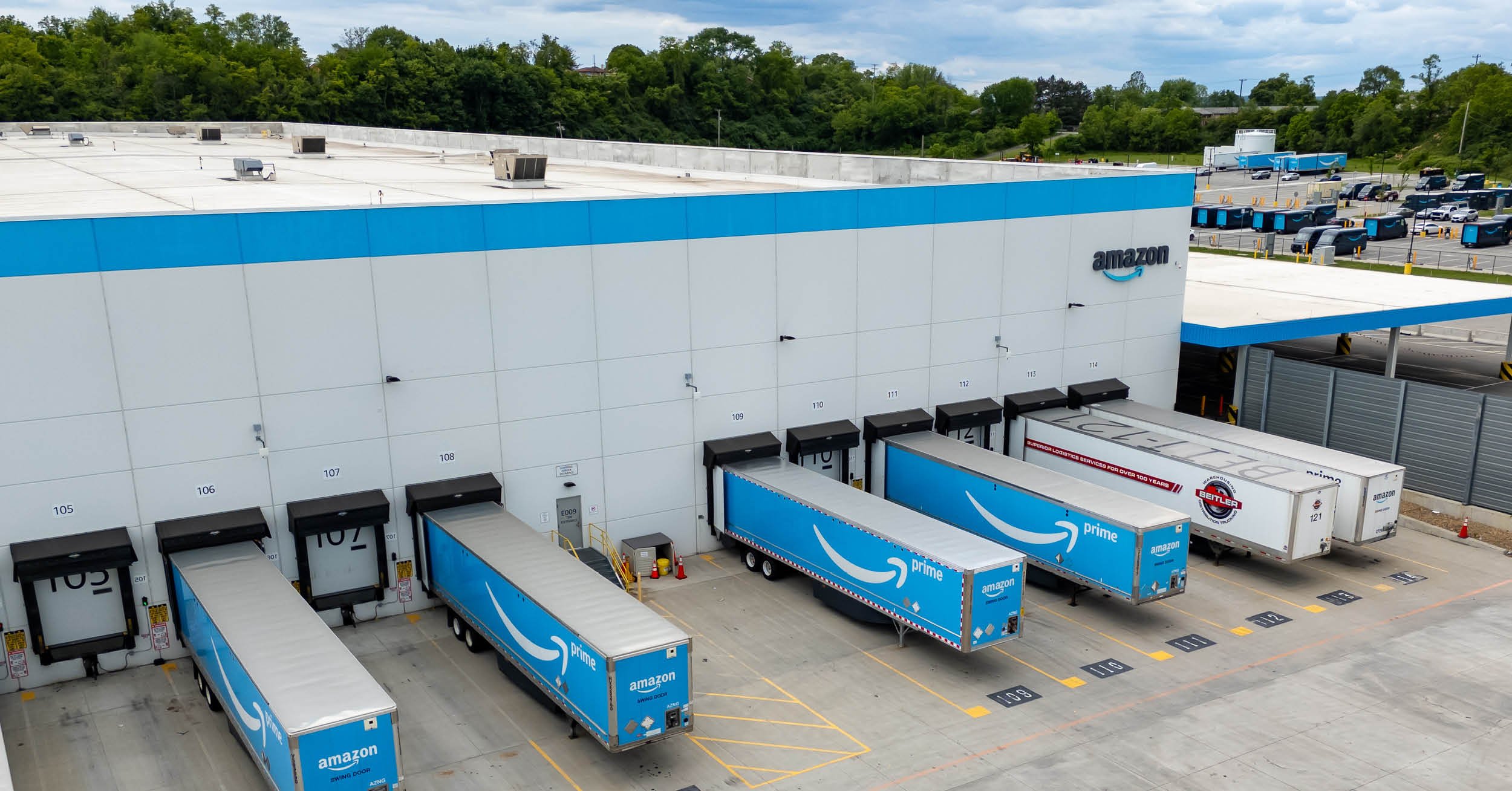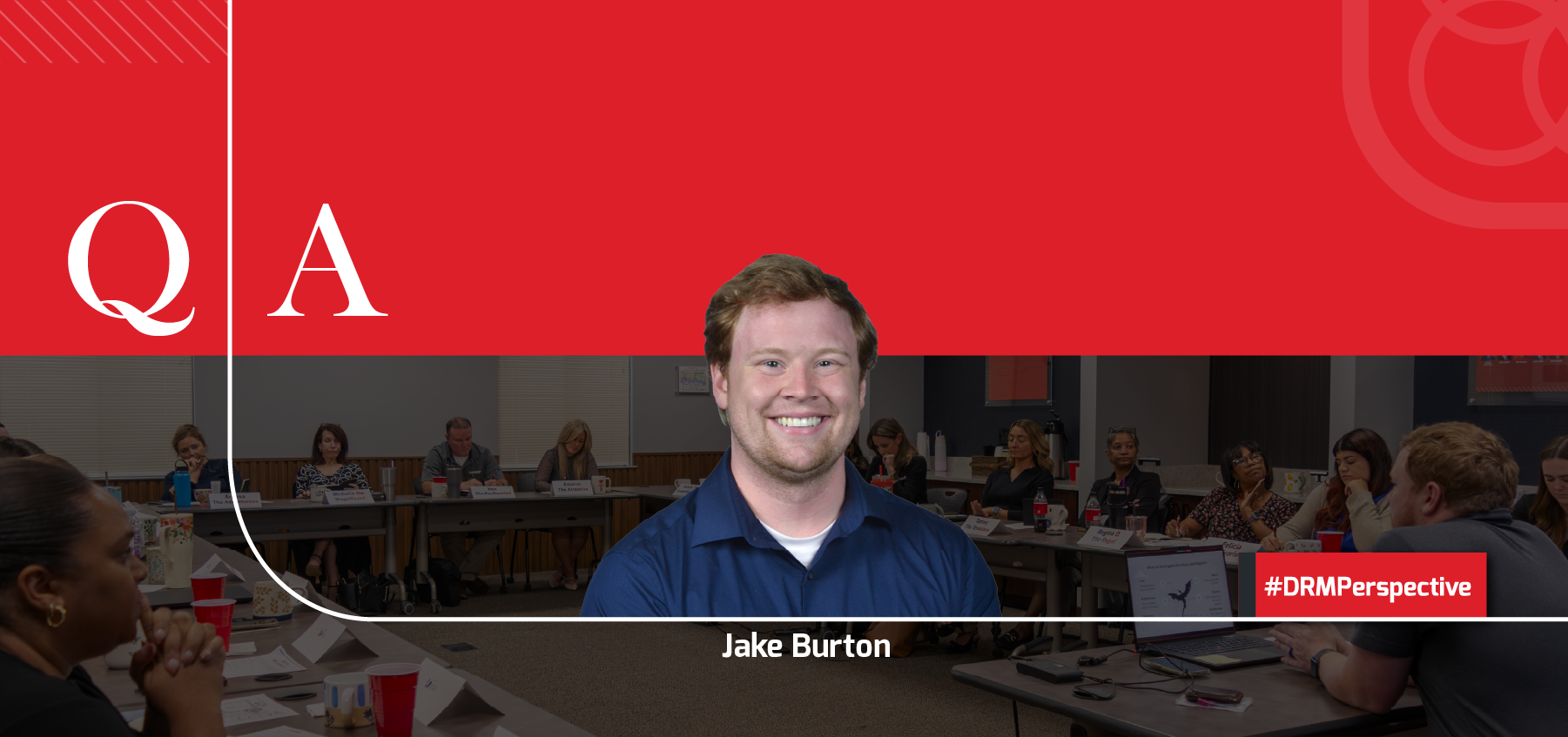As DRMP’s new Project Development and Environmental Services (PDES) Division Leader, Joce Pritchett, PE, is taking the firm’s PD&E/NEPA services to new heights.
Pritchett has 32 years of experience providing comprehensive Project Development and Environment (PD&E) and National Environmental Policy Act (NEPA) services throughout the Southeastern United States.
Her goal is to build a multi-state, full-service team of PD&E/NEPA experts across all DRMP service areas to better serve clients.
“You get a lot of face time with clients and public agencies when providing PD&E/NEPA services, and it helps build relationships and provide solutions for getting major transportation projects approved,” Pritchett said. “My intention is to add more specialized experts to our PD&E staff so we can perform most of the needed services in-house.”
All federally funded transportation and improvement projects require a PD&E/NEPA study to meet the requirements of the National Environmental Policy Act, which was signed into law in 1970. Often called the “Magna Carta” of environment laws, NEPA requires federal agencies to assess the environmental impacts of a project and disclose those effects to the public before any design decisions can be made.
A PD&E study is The Florida Department of Transportation’s (FDOT) procedure for complying with NEPA. Florida is the only state to use the term PD&E for its NEPA process. All other states use the term NEPA study or process. In Florida, PD&E applies to both state and federally funded projects and includes its own additional requirements.
The PD&E/NEPA Process
NEPA grew out of increased public appreciation and concern for the physical and human environments in the 1960s. It ensures federal and state agencies consider the impacts of their planning and decision-making and mandates they create or maintain an environment in which humans and nature can co-exist.
PD&E/NEPA studies consider what impacts a project will have on four environments: natural (wetlands, wildlife), human (community, relocation, justice impacts), physical (noise, contamination) and cultural (parks, archaeological, and historic resources).
Before a federally funded transportation project can be designed, it must not only meet the requirements of the National Environmental Policy Act, several alternative solutions also must be presented and considered.
“You can’t just decide what you want to build and go with that,” Pritchett said. “You must evaluate alternatives. There are trade-offs when a project has impacts on multiple environments. It can get complicated. And that’s when our PD&E services become so valuable because we can work closely with the public and our clients to come up with solutions that will serve the public, as well as protect the environments that will be affected.”
The PD&E/NEPA process is the link between the planning and design phase. The planning phase is the first step in project development and involves the agency and public working together to identify problem areas in transportation systems. The PD&E/NEPA process dives deeper into the development of each specific project that emerges from the Planning process.
During the PD&E/NEPA phase, DRMP’s experts determine how a proposed project will affect a community – specifically whether it will disproportionately impact underserved communities, cause noise disruptions, impact wetlands, waterways, aquatic species, wildlife, or any historic sites or landmarks.
Many studies, including traffic, noise, environmental, and cultural, must be conducted throughout the PD&E/NEPA process to determine impacts. These studies can take 18 to 30 months depending on project complexity and public reception.
“A simple PD&E study for a standard four-laning project without any bridges or public controversy usually takes around 18 months,” Pritchett said. “It involves a lot of investigation, field work, and pre-design of conceptual alternatives. And DRMP has some of the best experts to perform this type of work.”
Challenges of PD&E/NEPA
The PD&E/NEPA process involves comprehensive environmental evaluations, coordination with local, state, and federal agencies, data mining, public input, and engineering analysis to comply with NEPA.
The public involvement process also can be challenging because of a project’s impacts to a community. There is always a no-build option. However, many projects are vital to providing transportation solutions to traffic congestion and outdated infrastructure.
“Working with the public can be one of the most challenging and rewarding aspects of a NEPA project,” Pritchett said. “Interpreting design plans, explaining engineering solutions, and discussing the need for a project with the general public and public officials alike can be exhausting. But when it’s done with patience and detail, generally people come together for the good of the community, and that’s a wonderful process to participate in.”
Pritchett’s long history of administering PD&E/NEPA projects in multiple states in the Southeast, such as Georgia and Mississippi, gives her a thorough understanding of each state’s PD&E/NEPA policies and procedures. For example, Florida requires a professional engineer (PE) to administer PD&E while Georgia does not. Georgia also allows the NEPA process to be bundled with the project design while Florida’s process is usually conducted independently after the planning phase.
“PD&E/NEPA is a great niche market to work in,” Pritchett said. “It gives us great opportunities to assist in the decision-making process for our clients and offers the transportation engineer a better understanding of how projects are developed.”

















